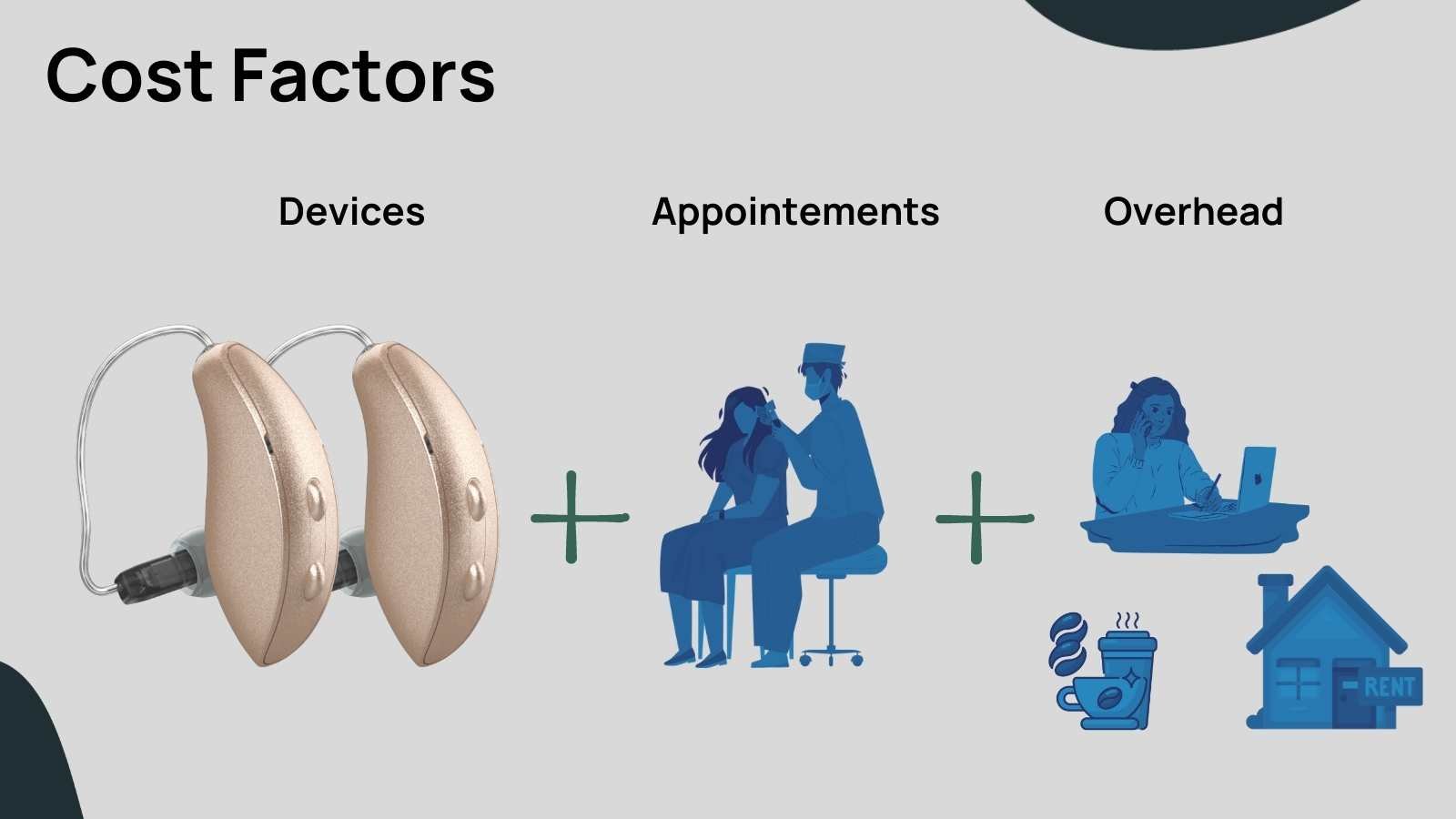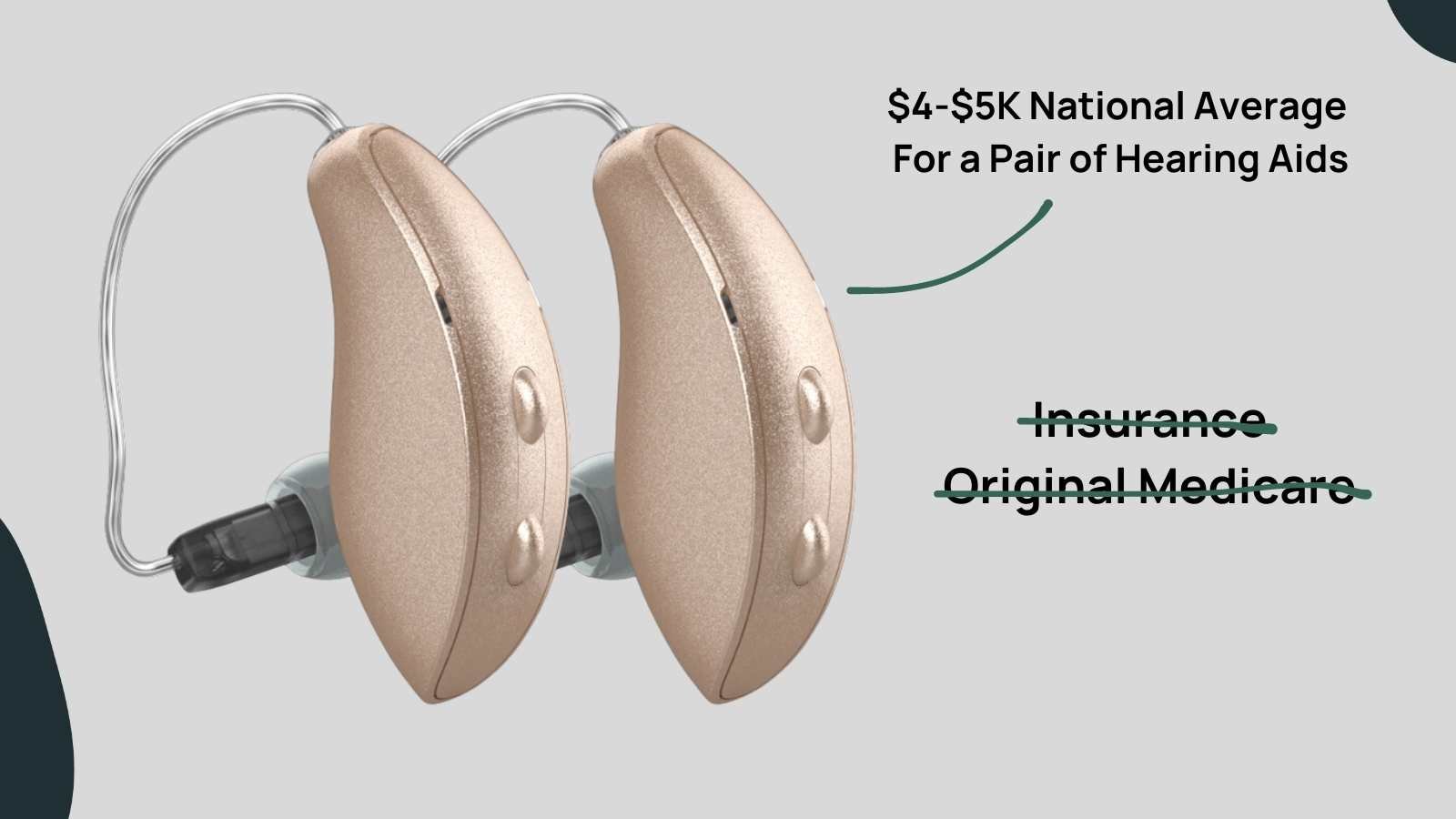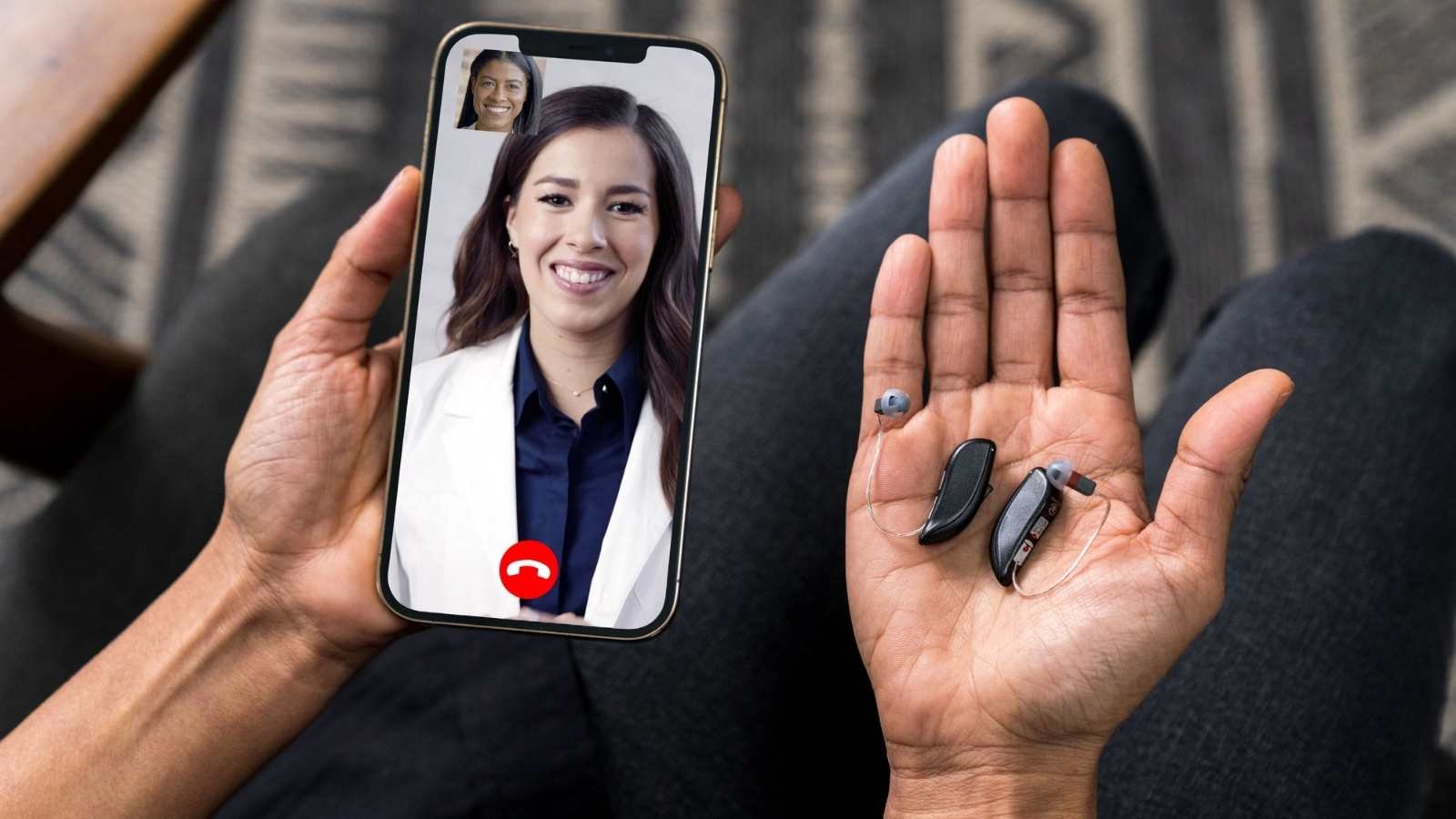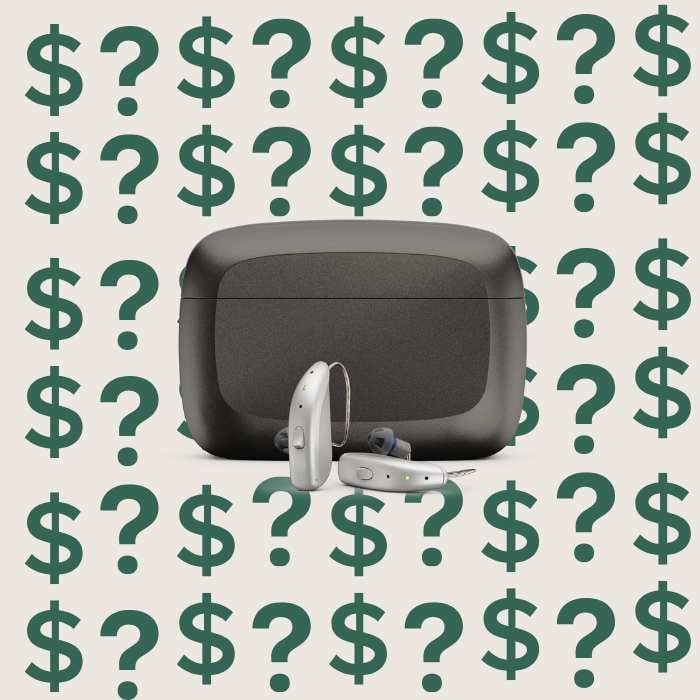Around 80% of hearing aid wearers are happy they purchased their devices. That's likely because untreated hearing loss can significantly impact our overall well-being.
Hearing aids reduce listening strain and give back confidence and connection.
Hearing aids have made big technological leaps in the last ten years.
You can now get invisible hearing aids with built-in artificial intelligence and fitness tracking (yes, that's really a thing).
This is all great, but there's an elephant in the room. Hearing aids are expensive by anyone's standards. A good pair costs around $5,000 and insurance typically doesn't cover the cost.
Five big factors drive hearing aid costs. P.S. stick around for some strategies to get affordable hearing aids.
Most hearing aids come with bundled care.

Some people muse that if Apple can sell a laptop for $1,200, hearing aids should be at least that affordable.
In theory, this line of thinking makes sense, but if you take a closer look at the hearing category, you'll find it isn't as efficient as Apple's importing and exporting machine.
Instead of Apple stores, hearing aids are distributed through a network of thousands of individual clinics. Those clinics have overhead and provide hands-on service.
The vast majority of hearing aids are purchased through a local clinic. That clinic will typically include 1-3 years of unlimited follow-up visits in the price.
They may also offer perks like custom-molded earpieces or free annual hearing tests. So you aren't purchasing just hearing aids. You are buying hearing aids, a front desk attendant, an office, and 10-15 hours of a doctor's time.
Specialized technology.
Hearing aids are unlike most of the technology in our lives. Instead of simply adding to our environment like phones or computers, hearing aids effectively "take over" and augment one of our five senses.
Leading hearing aid manufacturers have large teams with big R & D budgets to create innovation around specific hearing challenges like background noise management.
All this specialization and development costs money and drives the base cost of hearing devices up. Theoretically, if hearing aid manufacturers stopped designing new products, they could focus on efficiency and reduce costs. Of course, that's not what most consumers want.
Insurance and Medicare do not cover hearing aids.

Here is a big one. Healthcare and health innovation is expensive. The difference between hearing health and many other categories is that insurance and medicare do very little to help.
We could have a long conversation about why this is the case and what the U.S. has to gain by being more generous with coverage, but perhaps that's a topic for a future post.
The reality today is that insurance rarely exists for hearing aids, and when it does, the care options are not inspiring or are actually more expensive than options like Costco or OTC hearing aids.
Are hearing aid companies a monopoly?
Various publications have called hearing manufacturers a monopoly. Is there anything to that?
There's little doubt that the five most prominent manufacturers in the space have a lot of power. For starters, they typically make the best product. They also own chains of clinics (Like Beltone and Miracle Ear) and even offer startup financing to some new independent clinics. These factors create a complex environment.
With that said, Each brand has a wide range of partnerships with various pricing structures. For example, some sell at Costco for a fraction of the typical cost, and others do not.
To date, the hearing space is a lot like car manufacturing. It's tough to get into and requires a large footprint to find scale. Still, some independent companies like Lexie/Bose, Eargo, and Orka operate independently in the market.
The thought of hearing aid manufacturers as a simple "monopoly" overlooks several other price-driving factors, such as follow-up care, specialization, and lack of insurance coverage.
How to find affordable hearing aids.
Market dynamics aside, hearing aids are transformational for communication skills and improve the overall well-being of their wearers. So what gives?
Fortunately, it's the best time in history to purchase quality hearing aids for an affordable price. Some options:
Affordable local care
If you don't yet have a doctor, a care group like ZipHearing or Yes hearing can connect you to a local provider for a discounted rate. Use our comparison tools on this site to find out more. This strategy applies to top brands like Phonak, Oticon, Widex, Signia, Starkey, and ReSound.

Telehealth
The pandemic pushed telehealth into the mainstream, and hearing health was no exception.
Jabra Enhance Select and Audicus are the two leading Telehealth companies in the hearing space. Both brands gather a hearing test from you remotely and use that hearing test to program your hearing aids before shipping them to your door.
The process is much more efficient than local care, and prices for quality products range from $1,200 - $3,500 / pair.

Over-the-counter
In October 2022, the FDA made it possible to sell hearing aids over the counter. OTC hearing aids don't require a doctor (resulting in a much lower cost). Quality OTC hearing aids typically cost between $699 and $1,300 / pair. See our full list of OTC devices here.
If you want to learn more, check out our guide to affordable hearing aids here.
A Few final thoughts.
The market dynamics of hearing health are undeniably complex. The good news is that there has never been a better time to find affordable, quality hearing aids.
New options like Telehealth and OTC are only a few years old, and they make me optimistic that the market will find the right balance of price and quality to serve better the people who would benefit from a quality pair of hearing aids.
Have another hearing question you want answered? Send us a note at [email protected].






